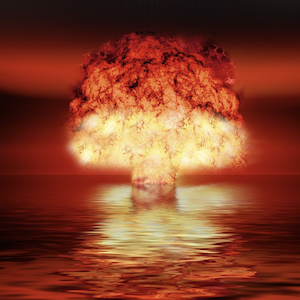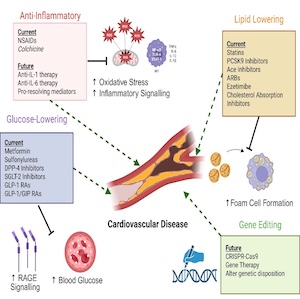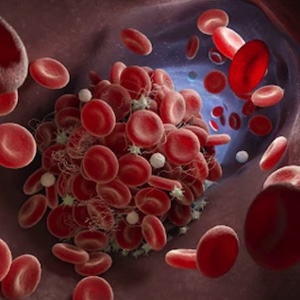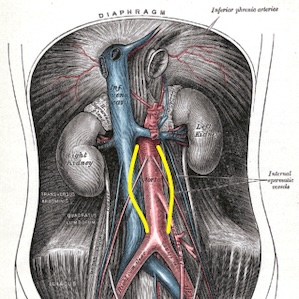Reducing the risks of nuclear war - The role of health professionals

All claims expressed in this article are solely those of the authors and do not necessarily represent those of their affiliated organizations, or those of the publisher, the editors and the reviewers. Any product that may be evaluated in this article or claim that may be made by its manufacturer is not guaranteed or endorsed by the publisher.
Authors
In January 2023, the Science and Security Board of the Bulletin of the Atomic Scientists moved the hands of the Doomsday Clock forward to 90 seconds before midnight, reflecting the growing risk of nuclear war. In August 2022, the UN Secretary-General António Guterres warned that the world is now in “a time of nuclear danger not seen since the height of the Cold War.” The danger has been underlined by growing tensions between many nuclear armed states [...].
Note: this Editorial is being published simultaneously in multiple journals. For the full list of journals see: https://www.bmj.com/content/full-list-authors-and-signatories-nuclear-risk-editorial-august-2023.
How to Cite

This work is licensed under a Creative Commons Attribution-NonCommercial 4.0 International License.
PAGEPress has chosen to apply the Creative Commons Attribution NonCommercial 4.0 International License (CC BY-NC 4.0) to all manuscripts to be published.













